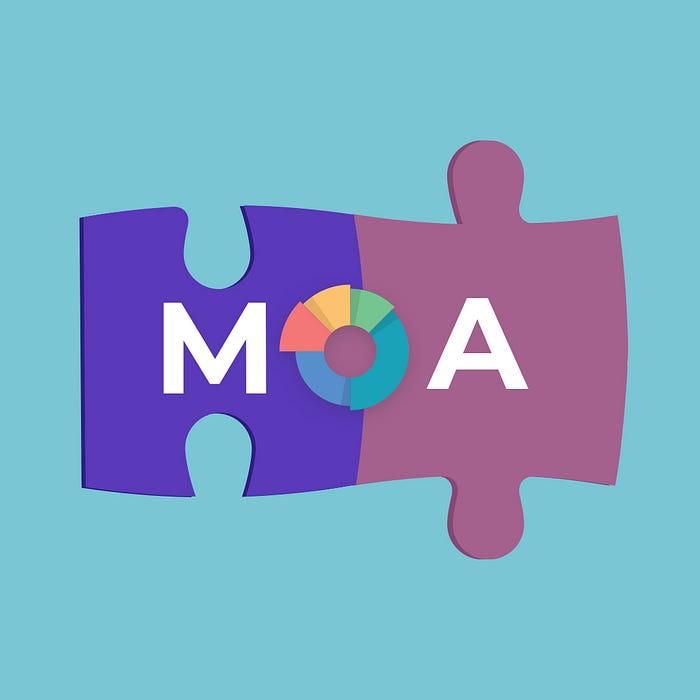Up to 90% of M&A Deals Fail — Here’s How Osterus Can Help

When we take a look at the fact that companies spend approximately $4 trillion each year on Mergers and Acquisitions, as well as that between 70% to 90% of these M&A deals fail, we can safely say that something simply doesn’t add up. And not in terms of the validity of these numbers, but in terms of inefficient M&A strategies.
Identifying the main causes of these failed M&A deals is typically not too hard. It usually boils down to some of the following:
- Negotiation errors
- Bad assessment of financial aspects and operational synergies
- Subpar strategy and execution of the integration procedure
- Bad (or no) backup plans
- Cultural and mindset-based differences
- Lack of insightful workforce analytics
The reasons are many, and some of them tend to be more frequent and therefore more analyzed than others.
With the web-verse being saturated enough with various takes on how to negotiate an M&A deal or approach the financial aspects of the endeavor — I will here focus on something more profound — the people involved. Employees. The most important building block of any company.
M&A Strategies Should Revolve Around Workforces
Increased revenue, growth, and tapping into new markets are the main end-goals of a potentially successful M&A deal. But the reason these deals fail is that businesses often put money and numbers first, and people second.
As one Forbes article points out, people aren’t boxes to check or uncheck.
On far too many occasions, excellent employees (typically from the company that is being acquired) get fired after the deal just because the buyer “figured out” that they can save hundreds of thousands of dollars by letting the COO go, for example. Even though this COO brings great long-term value to the business and has managed to build important relationships over the years with both employees and clients, he or she might end up losing their job after the M&A deal happens.
This is just one example of not putting people first, while numerous other problems seem to arise from under-analyzing the workforce, including:
- Misunderstanding the target company
- Lack of a clear overview of the “People Inventory”
- Wrong synergy estimation
- Mismatched mindsets and the lack of cultural fit
- Overextending resources
- Lack of the “Social Contract” among the leadership teams
Here’s how Osterus can fix these problems.
Helping you Better Understand the Target Company
Businesses can do their due diligence and extensively research all the aspects of the target company, but that still doesn’t guarantee that they’ll fully understand what — or better yet who — exactly makes the cogwheels in the target company move.
We must not forget the examples of big M&A deals that failed like the British grocery retailer Morrisson’s acquiring their competitors Safeway back in 2003 or the famous merger-gone-wrong of Mercedes and Chrysler. These should be loud testaments to how an M&A deal can backfire due to poor understanding of the target company despite a long and thorough due diligence process.
The lack of a clear overview of the People Inventory is a recurring issue.
Figuring out who the most valuable assets are and who should do what in a post-M&A environment is a combination of art and science. It involves the right blend of insightful workforce analysis and gut calls that can be achieved by using Osterus analytics software.
Creating the Right Workforce and Understanding Cultural (Mis)fits
Osterus enables businesses to better understand the people behind the two companies and acknowledge cultural and mindset-based differences, thus helping them achieve the right workforce synergies.
When you are able to analyze the employee data, including:
- the universities they come from
- previous companies they worked for
- the languages they speak
- job titles
- average experience/education lengths
- diversity scores…
…you are able to deeply understand the new workforce structure and map it according to both incremental objectives and long-term business goals.
Bridging the gaps and putting out fires on the go as they emerge is never a good M&A strategy. It usually turns into a never-ending game of whac-a-mole that results in failure. The companies that use Osterus for M&A and investment assessments prevent these issues by deeply analyzing the people inventories involved and are able to see the gaps and fires in advance.
This provides them with a valuable edge that puts them in the small percentage of M&A deals that turn out fruitful.
Enabling the “Social Contract” Across Leadership Teams
Social contracts between leadership teams prove to be critical to M&A success and are something that should be tackled prior to an actual deal. This type of contract establishes the following rules of engagement:
- how many new employees the leaders need to hire
- if certain staff members need to be let go and why
- how exactly the management structure must be changed
- who should get raises
- how and why certain resources should be moved from one budget line to another
Osterus users are able to have a clear overview of the workforce structures and with this insight create and test the efficiency and logic behind their M&A deal. It helps to anticipate the actions, decisions, and commitments that leaders are to make so that high levels of functionality, camaraderie, and authority are achieved without sacrificing business goals in the process.
Taking a Look at People Data via Osterus
Our platform enables businesses to compare workforce data between two or more companies and provides them with actionable insights and data points. Here are some examples from our report on Tesla Germany and VW DACH:

The slide above provides a general overview of some data points fetched via Osterus software. We can also enable direct comparisons of desired metrics, including the languages spoken:

Average job experience of the workforces:

The level of education:

Gender diversity scores:

With these valuable insights Osterus provides, businesses are able to make educated, smart, and data-driven decisions for their investments and M&A opportunities.
In our next article, we will take a closer look at whether Tesla should acquire a reputable car maker. Looking forward to hearing your thoughts!
If you’re interested in using Osterus to analyze your competition, assess the potential M&A opportunity, or something else — feel free to schedule a demo and we’ll explain how we can help your business grow.
We have a saying here at Osterus, “Let the data speak.”
